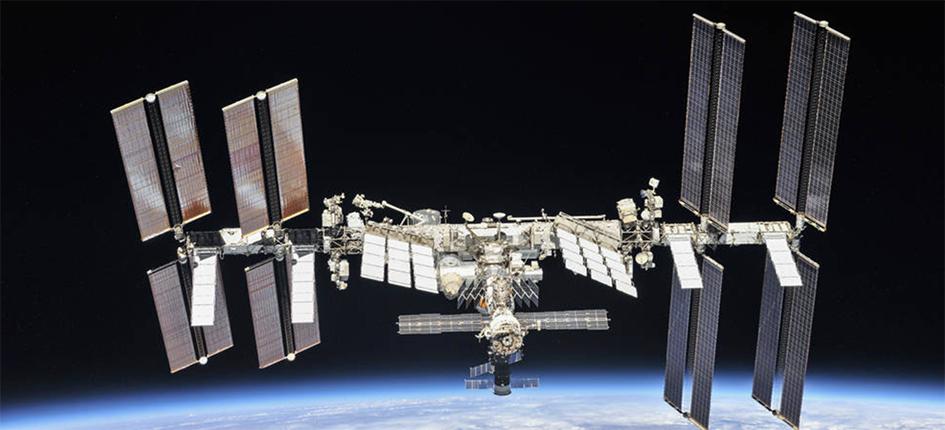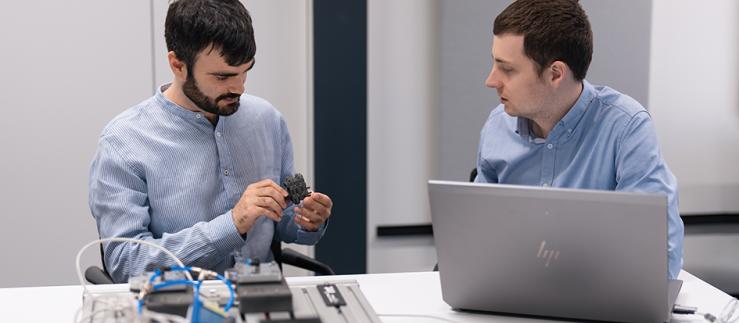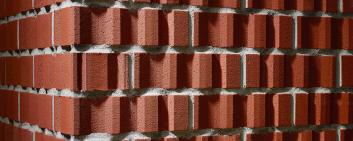Experiments on the International Space Station (ISS) should help to better understand the hardening of concrete under conditions of weightlessness. Ultimately, these tests could help to develop more environmentally friendly compositions of the material without impairing any of its positive properties. This is the objective of a joint venture of the BIOTESC competence center of the Lucerne University of Applied Sciences and Arts (HSLU), which is based in Hergiswil in the canton of Lucerne, alongside the German Aerospace Center (DLR), the University of Duisburg-Essen and the University of Cologne.
BIOTESC works on behalf of the European Space Agency (ESA). This is a User Support and Operations Center, one of four such centers at the ESA. It supports researchers in conducting experiments in the infrastructure of the ISS.
The research design for the experiments on the ISS also has its roots in Hergiswil. The 64 small test containers prepared there, each with different mixtures and injectable liquids, were tested, filled and packaged by BIOTESC. Since there are plans for permanent presences on the moon and Mars, some of them also contain moon dust, according to a press release issued by HSLU. The BIOTESC containers were checked for compliance with space standards at the ESA logistics center in Turin, Italy, before being flown to Cape Canaveral in the USA, from where they were transported to the ISS via rocket.
The experiment was conducted on February 1, 2022. The concrete samples will not return to Earth until the next flight scheduled for July. In the meantime, a patent application has already been filed in Germany for the containers developed by BIOTESC. According to BIOTESC research group leader Dr. Bernd Rattenbacher: “All material that has a solid and a liquid component can be mixed in”.







